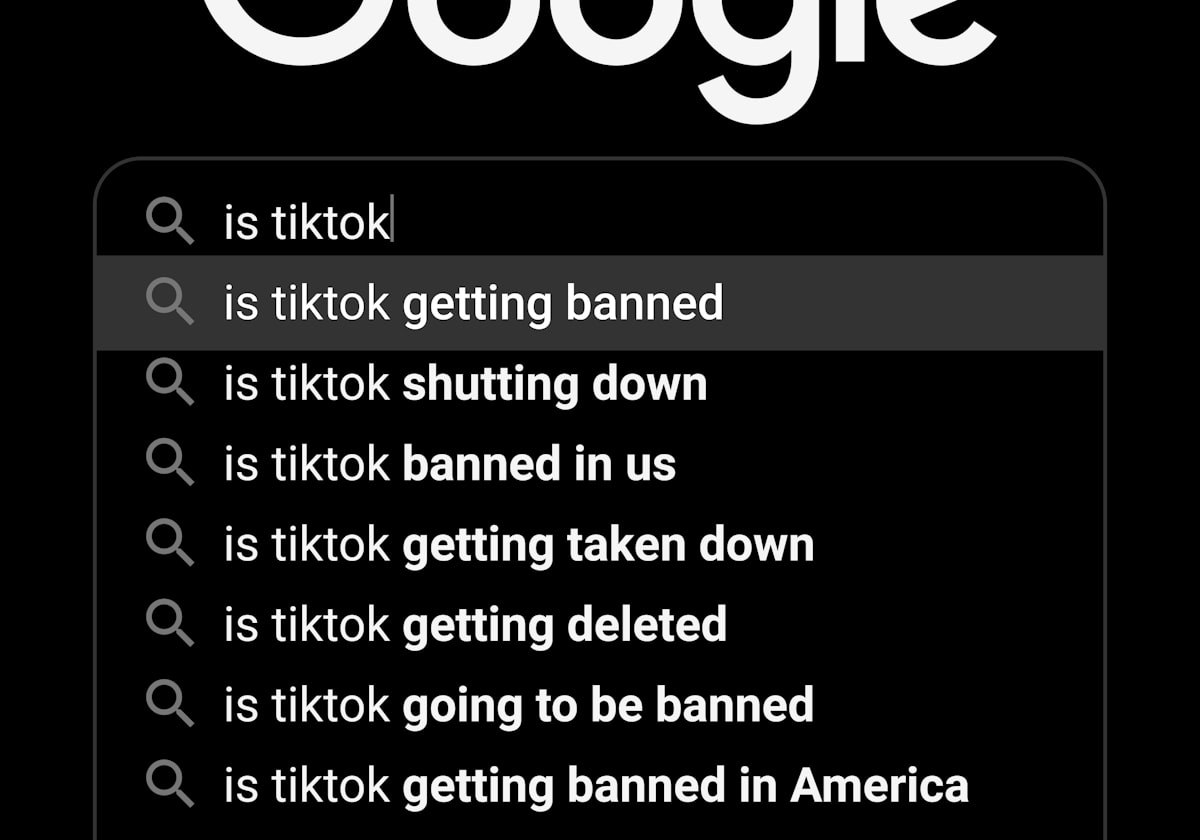The TikTok Ban: What You Need to Know

Introduction
TikTok, the wildly popular short-form video-sharing platform, has experienced tremendous growth since its inception in 2016. However, recent controversies surrounding user privacy and national security have led to its ban in multiple countries. This article delves into the reasons behind the ban, its impact on users and creators, and the future of short-form video content in the age of digital globalization.
The Rise of TikTok
TikTok, owned by Chinese tech company ByteDance, has captured the attention of millions of users worldwide with its addictive content and user-friendly interface. The app allows users to create, share, and engage with 15- to 60-second videos featuring music, filters, and various effects. Its algorithm, which tailors content to users' preferences, has made it increasingly difficult for users to resist scrolling through an endless stream of entertaining videos.
The Controversy
Despite its immense popularity, TikTok has faced scrutiny from governments around the world. Concerns about user data privacy and potential ties to the Chinese government have led to widespread anxiety about the app's safety. Critics argue that TikTok's data collection practices could enable the Chinese government to access sensitive user information, thereby compromising national security.
The Ban
In response to these concerns, several countries have taken action to ban TikTok. The United States, India, and others have either imposed restrictions on the app or completely blocked its use. These decisions have had a significant impact on both users and creators, who have had to adapt their content creation and consumption habits in light of the ban.
The Impact on Users and Creators
The TikTok ban has left millions of users searching for alternative platforms to satiate their appetite for short-form video content. Meanwhile, creators who have amassed large followings on the platform are faced with the challenge of rebuilding their audiences and monetizing their content elsewhere.
In response to the void left by TikTok, several new and existing platforms have emerged to cater to this demand. Instagram Reels, YouTube Shorts, and various other apps have gained traction as users and creators alike seek to fill the gap left by the ban.
The Future of Short-Form Video Content
Although the TikTok ban has disrupted the short-form video content landscape, it has also spurred innovation and competition among alternative platforms. The rise of these platforms suggests that the appetite for short-form video content is here to stay, despite the challenges posed by geopolitical concerns and data privacy issues.
Conclusion
The TikTok ban has sparked a global conversation about the complex relationship between technology, privacy, and national security. As users and creators adapt to the changing landscape, the future of short-form video content will likely continue to evolve, shaped by ongoing debates about data privacy and the role of government in regulating digital platforms. Regardless of the outcome, the appetite for engaging and entertaining short-form content remains evident, indicating that the format will continue to thrive in the digital age.